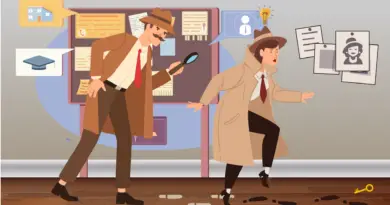Escape Room Assignments to Challenge Your Students: 6 Ideas to Spice Up Your Classroom
Are you looking for a fun and engaging way to teach your students some important skills and resources? Do you want to spice up your assignments with some mystery and adventure? If so, you might want to try creating assignments based off escape rooms! If you are interested in building an escape room; then check out our article “How to Create the Ultimate Escape Room Experience”.
In this article, I will share 6 escape room-inspired assignments that you can use in your classes. The main thing is to make sure that your assignments are challenging but not impossible, and that they align with your curriculum and standards. You also want to make sure that your students have access to the skills and resources they need to complete the mission, such as online research, collaboration tools, calculators, etc.
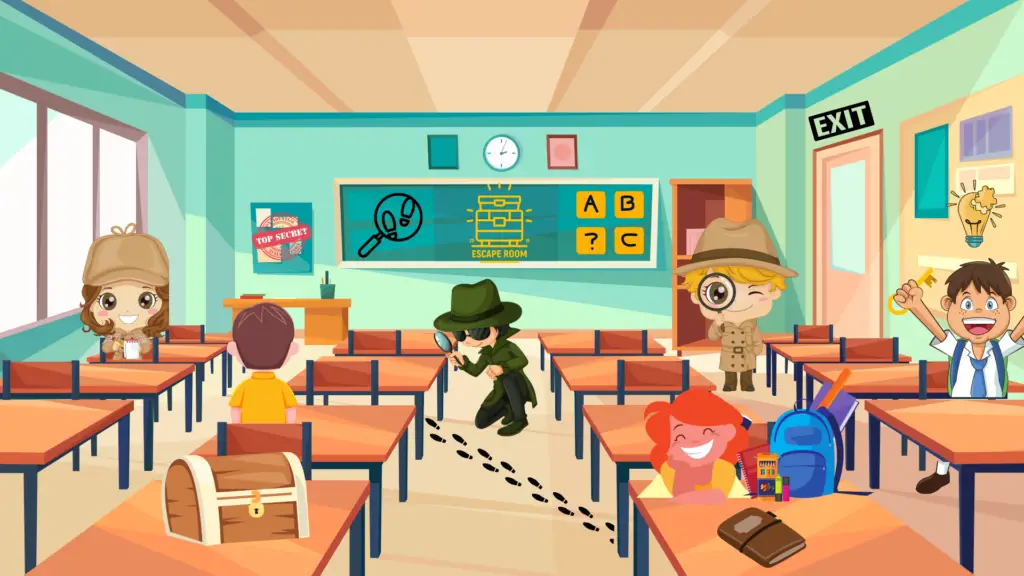
For example, if you are teaching history, you can create an assignment where students have to travel back in time and prevent a historical event from happening. If you are teaching science, you can create an assignment where students have to find a cure for a deadly virus. If you are teaching math, you can create an assignment where students have to crack a code using algebra and geometry. The possibilities are endless!
Here are 6 Escape Room-inspired assignments:
1. Crack the Code
In this assignment, students have to decode a secret message using a cipher or a code. The message can be related to the topic of the lesson, such as a historical fact, a scientific concept, or a literary quote. You can use online tools such as Cryptii or Quipqiup to create and solve ciphers and codes.
- Start by explaining what a cipher is and how it works. Give some examples of historical ciphers and their uses.
- Choose a cipher that you want to use for your secret message. You can use a simple substitution cipher, a Caesar cipher, a Vigenère cipher, or any other cipher that you like.
- Write your secret message using the cipher. Make sure it is not too long or too short, and that it is relevant to the topic of your assignment. (Tip: If using combination locks; then make the cipher 3-5 letters/numbers in length as most locks allow for only 3-5 letters/numbers in their combinations.)
- Create a worksheet or a web page that has your secret message and some clues or hints on how to decode it. You can also provide some background information on the cipher and its history.
- Ask your students to decode your secret message using the cipher and the clues. You can make it more challenging by adding some distractions or false leads.
Once your students have decoded your secret message, ask them to reflect on the process and what they learned. You can also ask them to create their own secret messages using the same or a different cipher and share them with their classmates.
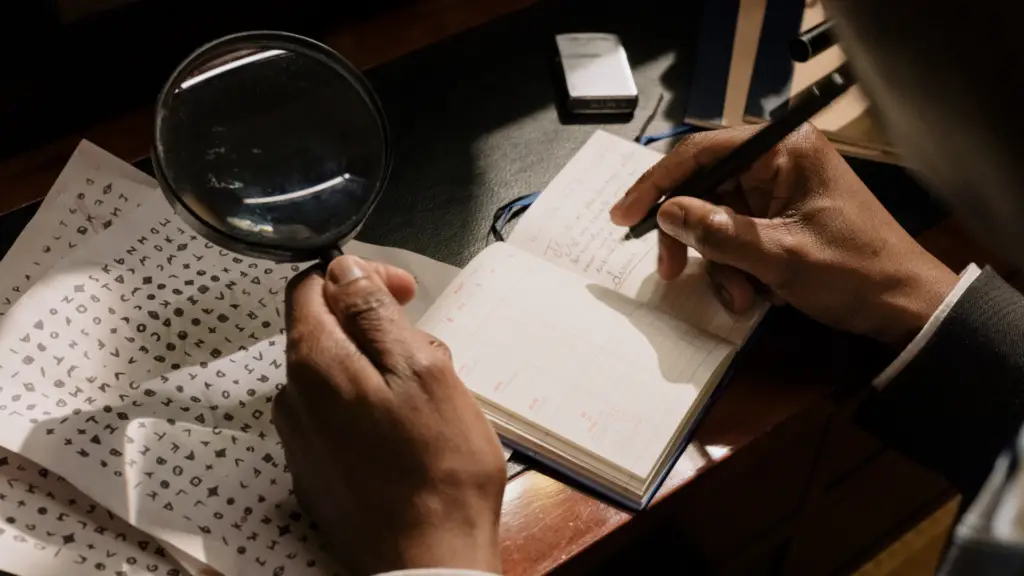
2. Find the Treasure
In this assignment, students have to find a hidden treasure using a map and clues. The treasure can be anything that is relevant to the lesson, such as a book, a document, or an artifact. You can use online tools such as Google Maps or Google Earth to create and share maps and clues.
- Choose a theme and a location for your treasure hunt. You can base it on a real or fictional place, such as a historical site, a famous city, or a fantasy world. Make sure the theme and location are relevant and interesting to your students and your learning objectives.
- Create a map of the location and mark the starting point and the treasure spot. You can use an online tool like Google Maps or draw your own map by hand or on a computer. Make sure the map is clear and accurate but also has some challenges and obstacles for your students to overcome.
- Write a series of clues that will guide your students from the starting point to the treasure spot. You can use riddles, puzzles, codes, or questions that relate to the theme and location of your treasure hunt. Make sure the clues are challenging but not too hard, and that they have clear and logical solutions.
- Print out or distribute the map and the clues to your students. You can assign them to work individually or in groups, depending on your preference and class size. You can also set a time limit or a reward for completing the treasure hunt.
- Prepare to provide additional hints or clues. Some students may have trouble completing the assignment. Enjoy watching your students have fun and learn as they embark on their treasure hunt adventure!

3. Solve the Mystery
In this assignment, students have to solve a mystery using evidence and logic. The mystery can be based on a real or fictional case, such as a historical event, a scientific phenomenon, or a literary plot. You can use online tools like ClueKeeper or Breakout EDU to create and share mysteries and clues.
- Choose a mystery topic that is relevant to your subject and grade level. For example, you could have students investigate a historical event, a scientific phenomenon, a literary device, or a mathematical problem.
- Find or create clues that point to the solution to the mystery. You can use texts, images, videos, audio recordings, graphs, charts, or any other sources of information that suit your topic. Make sure the clues are clear enough to be understood by your students, but not too obvious to make the mystery too easy.
- Arrange the clues in a logical order that leads to the solution. You can use a graphic organizer, such as a flowchart, a mind map, or a timeline, to help you organize the clues. You can also add some red herrings or false leads to make the mystery more challenging and realistic.
- Create a rubric that outlines the expectations and criteria for the assignment. You should specify what skills and knowledge you want your students to demonstrate, such as identifying relevant evidence, analyzing sources, making inferences, drawing conclusions, and communicating their findings. You should also indicate how you will grade their work, such as by accuracy, completeness, creativity, and clarity.
- Assign the mystery to your students and provide them with the clues and the rubric. You can give them some time in class or as homework to work on the assignment individually or in groups. You can also provide them with some guidance or feedback along the way if needed.
- Have your students present their solutions to the mystery and explain their reasoning. You can have them write a report, create a presentation, make a poster, or use any other format that suits your topic and audience. You can also have them peer-review each other’s work and provide constructive feedback.
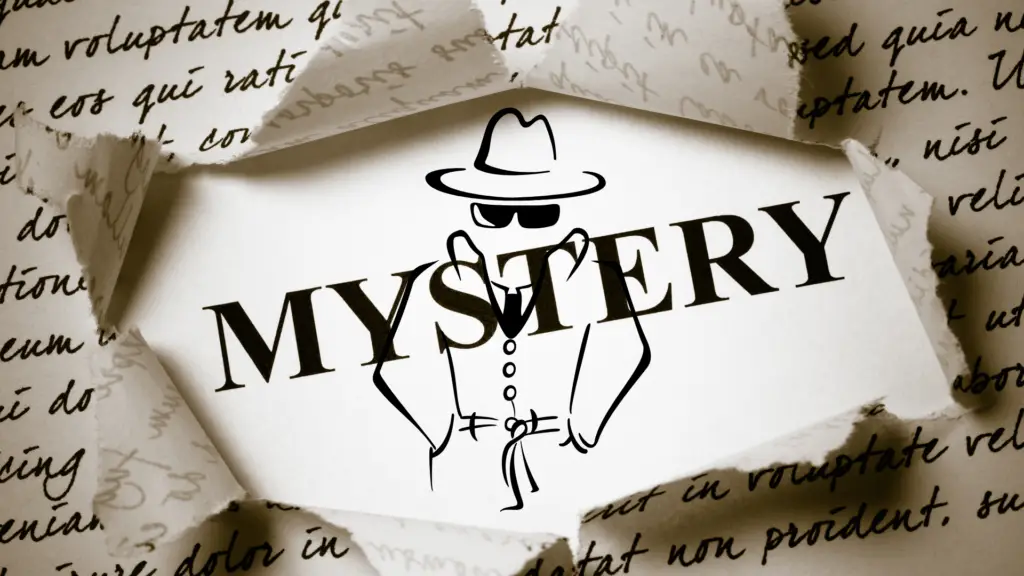
4. Escape the Room (Virtually)
In this assignment, students have to escape from a virtual room using objects and clues. The room can be designed according to the theme of the lesson, such as a laboratory, a library, or a museum.
- Choose a theme and a goal for your virtual escape room. For example, you could have students escape from a haunted mansion, a pirate ship, or a space station. The goal could be to find a key, a code, or a hidden exit.
- Create a series of puzzles and challenges that students have to solve in order to progress through the room. You can use online tools like Room Escape Maker or Escape Room Z to create and share virtual rooms and clues. Google Forms, Google Slides, or Google Sites to create interactive elements like quizzes, riddles, images, videos, or audio clips. Make sure to link each puzzle to the next one and provide feedback and hints along the way.
- Test your virtual escape room and make sure it works as intended. You can ask a colleague or a friend to try it out and give you feedback. You can also use tools like Screencastify or Loom to record yourself going through the room and explain your thought process.
- Assign your virtual escape room to your students and let them have fun! You can either have them work individually or in groups, depending on your learning objectives and class size. You can also monitor their progress and provide support if needed.
5. Break the Lock
In this assignment, students have to open a locked box or container using combinations and keys. The box or container can contain something that is related to the lesson, such as a worksheet, a quiz, or a reward. You can use online tools like Lock Paper Scissors or Lockbox EDU to create and share locks and keys.
- Find a box or container that can be locked with a combination lock or a key lock. You can use an old suitcase, a jewelry box, a toolbox, or anything else that has enough space inside. Use multiple boxes if you have many students and the budget to afford them.
- Fill the box or container with some rewards or incentives for your students. These can be candy, stickers, certificates, coupons, or anything else that your students would enjoy.
- Create a set of clues or puzzles that your students have to solve to find the combination or the key to open the lock. You can use math problems, word games, riddles, codes, or anything else that relates to the topic you are teaching. Make sure the clues or puzzles are challenging but not too hard for your student’s levels.
- Hide the clues or puzzles around the classroom or the school. You can also use QR codes, websites, videos, or other digital tools to make it more interactive and fun.
- Divide your students into groups and give them a time limit to find and solve the clues or puzzles and open the box or container. You can also make it a competition and see which group can do it faster or with fewer hints.
- Celebrate your students’ success and reward them with the contents of the box or container. You can also debrief them on what they learned and how they used their combinations and key skills.

6. Save the World
In this assignment, students have to prevent a disaster or crisis using information and actions. The disaster or crisis can be based on a real or hypothetical scenario, such as a pandemic, a war, or an environmental issue. You can use online tools such as World101 or iCivics to create and share scenarios and actions.
- Choose a theme and a scenario. You can use any theme that suits your curriculum, such as history, science, literature, or art. For example, you could have students prevent a nuclear meltdown, stop a zombie outbreak, or foil a bank robbery. Make sure the theme is relevant and interesting for your students.
- Design the puzzles and tasks. You need to create a series of challenges that test your student’s knowledge, skills, and creativity. You can use physical objects, digital tools, or a combination of both. For example, you could have students decode a message, find a hidden key, or solve a math problem. Make sure the puzzles and tasks are aligned with your learning objectives and appropriate for your student’s levels.
- Set up the environment. You need to create a realistic and immersive setting for your escape room. You can use your classroom, a library, or any other space that is available. You can decorate the space with props, posters, or sound effects to match your theme. For example, you could have students enter a lab, a bunker, or a vault. Make sure the environment is safe and accessible for your students.
- Explain the rules and the goal. You need to give your students clear instructions on how to play the escape room game. You can use a video, a letter, or a voice recording to introduce the theme and the scenario. You also need to tell them the time limit, the number of hints they can use, and the consequences of failing or succeeding. For example, you could have students save the world, earn a reward, or face a penalty. Make sure the rules and the goal are motivating and challenging for your students.
- Monitor and debrief. You need to observe your students as they play the escape room game and provide feedback and guidance if needed. You can use cameras, microphones, or walkie-talkies to communicate with them. You also need to debrief with your students after they finish the game and discuss what they learned, what they enjoyed, and what they struggled with. For example, you could have students reflect on their teamwork, problem-solving strategies, or critical thinking skills. Make sure you celebrate their achievements and address their difficulties.
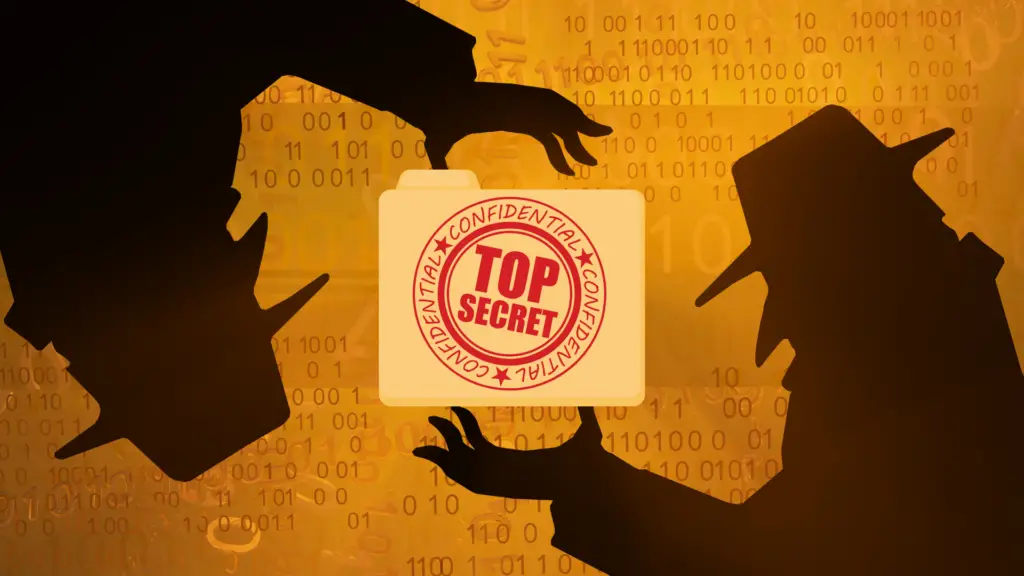
Conclusion:
Escape rooms are immersive games where players have to solve puzzles and challenges in order to escape a locked room or complete a mission. They are a great way to test your creativity, logic, teamwork, and communication skills. You can use them as a basis for your assignments by designing a scenario that relates to your subject matter and learning objectives. Creating an assignment based off escape rooms can be a fun and rewarding experience for both you and your students. It can help them develop critical thinking, problem-solving, and creativity skills, as well as motivate them to learn more about the topic. It can also make your classes more exciting and memorable.
So what are you waiting for? Start creating your own escape room assignments today and see how your students react!

